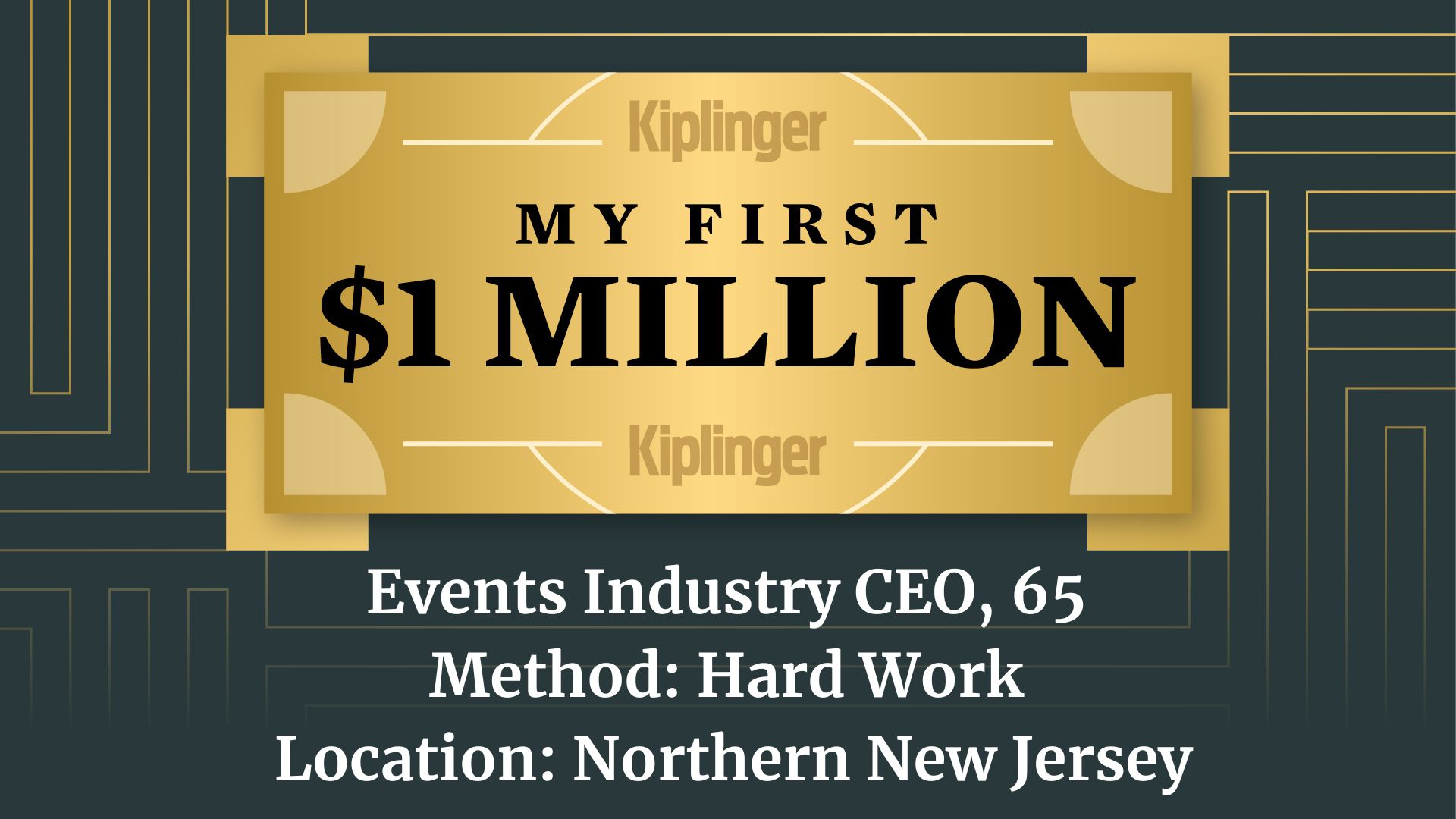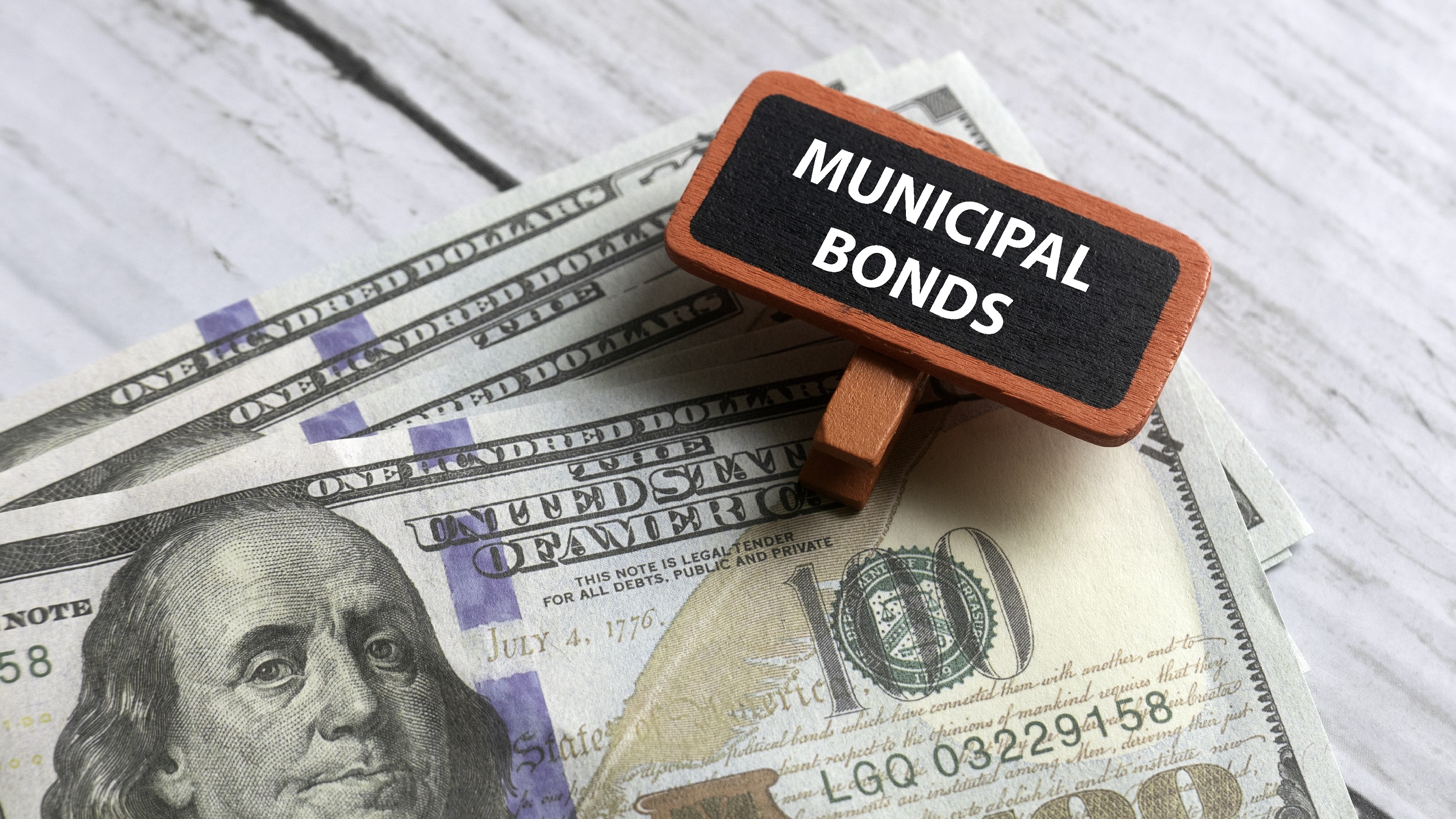SPACs 101: What Is a SPAC and How Does It Work?
Why the buzz around special purpose acquisition companies (SPACs)? Here's everything you need to know about these "blank-check" firms.


Special purpose acquisition companies (SPACs), or "blank-check" companies, exploded in popularity in 2020. The excitement around SPACs has faded in recent years, but they're once again in the spotlight following the late-March merger of Digital World Acquisition and Trump Media & Technology Group (DJT), the media firm founded by former President Donald Trump that owns Truth Social.
This likely has many folks wondering what is a SPAC exactly, and how does it differ from other investments?
SPACs allow a way for companies to go public while bypassing the time and expense of an initial public offering (IPO). They really entered the mainstream in 2020 and hit their peak the following year.

Sign up for Kiplinger’s Free E-Newsletters
Profit and prosper with the best of expert advice on investing, taxes, retirement, personal finance and more - straight to your e-mail.
Profit and prosper with the best of expert advice - straight to your e-mail.
Consider this: In 2019, there were 59 SPACs that raised $13.6 billion, according to SPAC Insider data. By 2020, the number of SPACs grew to 248 with $83.4 billion. And by 2021, those numbers swelled to 613 SPACs and $162.5 billion raised.
The number of SPAC mergers dropped drastically in more recent years. In 2023, for instance, there were just 31 SPACs that raised $3.8 billion.
While activity in the space is more quiet than it was at its peak, many investors still want to know about the (admittedly complicated) nuts and bolts. This quick guide to SPACs will get you caught up on this rising area of the stock market.
What is a SPAC?
A special purpose acquisition company really only exists to seek out another firm that it can bring to the public markets via a merger.
This is why you'll often hear SPACs referred to as a "blank-check" company: Investors are effectively handing the company a blank check to go out and buy some as-yet-unknown firm.
How do SPACs work?
A SPAC is formed by a management team, typically known as a sponsor, that often has a business background, usually with a specific skillset in a niche industry. They initially pony up a nominal amount of investor capital – usually as little as $25,000 – for which they will receive "founder shares" that often equate to a 20% interest in the SPAC.
After that, the company will then file for and eventually execute an IPO to raise additional funds from the public markets.
When a blank-check company does go public, it usually sells "units," almost always at $10.00 per share. These units often include a share of common stock, but also a fraction of a warrant allowing investors to buy a common share at some point in the future, typically with an exercise price of $11.50 per share. Investors who pony up that initial sawbuck will see their capital go onto the company books as cash.
At that point, the SPAC will trade just like any normal shares, with shareholders free to buy and sell like they would any other stock. But the blank-check company itself is just a pile of cash with no actual business behind it.
Once it goes public, the SPAC typically has between 18 and 24 months to seek out a "target company" and negotiate a buyout. If it does so, it usually will change its ticker to reflect the new entity it has merged with, and shareholders will now be invested in the acquired company.
If the SPAC is unable to make a deal within the predetermined time frame, the SPAC is liquidated. The company's cash is held in short-term Treasuries until then, so the initial investment will be safe, but the company's shares might drop under the IPO price in the course of normal market volatility.
How are SPACS used?
SPACs typically use the funds they've raised to acquire an existing, but privately held, company. They then merge with that target, which allows the target to go public while avoiding the much longer IPO process. At that point, the entity usually is no longer known by the SPAC moniker, but by the name of the acquired company.
Chamath Palihapitiya, whose SPACs have merged with companies including Virgin Galactic (SPCE) and Clover Health Investments (CLOV), referred to his Social Capital vehicle as "IPO 2.0." And that's seemingly what blan- check companies in general have become – another popular way to bring private firms public.
While SPACs can be used to bring any sort of company public, they're frequently being used to merge with companies in emerging fields. For instance, Fisker (FSR), Lordstown Motors (RIDE) and Nikola (NKLA) were just a few dozen or so electric-vehicle companies that went public via a SPAC.
Are blank-check companies good or bad?
All asset classes have growing pains. So unsurprisingly, the rapid rise then fall of SPACs' popularity came with wild price swings. And the latest SPAC, Trump Media & Technology Group, is attracting plenty of investor interest, with the stock trading up nearly 40% on its first day.
And as with most financial innovations, some will abuse the market for blank-check companies, and some will create tremendous wealth for investors.
But there's certainly no shortage of strong opinions on the asset class.
"Reprehensible." That was the word British investor Jeremy Grantham used to refer to SPACs, or at least the craze behind them.
"This is unlike anything else in my career," Grantham told the Financial Times in late 2020. "This was by accident the single biggest investment I have ever made. It gets around the idea of listing requirements, so it is not a useful tool for a lot of successful companies. But I think it is a reprehensible instrument, and very very speculative by definition."
The very same Grantham made a quick $265 million on a stake made years ago in QuantumScape – a battery company that was acquired by a SPAC in 2020.
One criticism is that "less worthy" companies that might not have been able to launch a successful IPO can more easily reach the public markets via blank-check companies. While a potential acquisition still has to pass muster with a SPAC's investment team, it's a far easier process than the traditional road to an IPO.
That easy path meant a rapid succession of SPAC launches in 2020 and 2021.
That surge in SPACs quickly caught the eye of the Securities and Exchange Commission (SEC), issued a warning to investors in April 2021 about the dilutive effects of warrants, whether they are attached to units or not.
"We are issuing this statement to highlight the potential accounting implications of certain terms that may be common in warrants included in SPAC transactions and to discuss the financial reporting considerations that apply if a registrant and its auditors determine there is an error in any previously filed financial statements."
A month later, the commission released an updated bulletin to further educate investors about SPACs.
One clear positive of SPACs is they're improving investor choice.
The number of publicly traded companies in the U.S. has been in long-term decline thanks to mergers, buyouts and companies getting bought out by private equity.
The U.S. had more than 30,000 publicly traded companies in 1996. That number was more than halved to just 13,330 by the start of 2017. That has meant fewer options for long-term investors and shorter-term traders alike.
Investing tips for SPACs
When investing in any asset class or special situation, understanding some of the specific rules of the game can help you avoid big losses and set yourself up for outperformance.
Here are a few things to consider if you plan on investing in SPACs:
Buy the news, not the rumor. SPACs put a spin on an old Wall Street yarn to "buy the rumor, sell the news." While blank-check companies sometimes do move higher on rumors that they might acquire this business or that firm, on average, their best performance comes once they've made the official announcement.
"SPACs perform best in the period following their definitive merger agreement announcement, but before the merger actually closes," YCharts writes in a report on special purpose acquisition companies. "During this lifecycle stage, 70% of SPACs gained value and 46% outperformed the S&P 500. From a SPAC's IPO until its definitive merger agreement announcement, just 15% beat the S&P 500 – this is the most speculative period for SPACs."
Another reason to wait for the news? A blank-check company might pivot from its initially stated goal.
Mind the price, but not the market cap. As we mentioned earlier, blank-check companies typically go public at $10 per share. At that price, the SPAC is funded with enough capital to make an acquisition based on the number of shares outstanding.
However, after an IPO, the price of the pre-acquisition SPAC may vary wildly depending on market conditions, rumors surrounding the shares and other factors. In 2021, it wasn't unusual to see a SPAC trade at $12 or $13 per share, even after going public at $10. Once a deal has been announced, the premium can swell even further. Shares no longer represent just a shell company, but a more concrete opportunity that might very well generate large profits down the road.
Just remember: The higher the premium at which you buy a SPAC, the more you're cutting into potential upside down the road.
Another tip: Market cap doesn't matter much. A company's total cash stake ultimately has more bearing on the size of a target that a SPAC can acquire. And even then, it's only useful in gauging a minimum size, as SPACs must spend at least 80% of their cash on an acquisition.
But they typically spend much more. SPACs often dole out two to three times their cash (and sometimes more) on an acquisition. They typically receive this extra funding via private investments in public equities (or PIPEs), usually after they've announced a merger target.
Don't chase the boat. Fast moves aren't a bug of the SPAC world – they're a feature. But if an investment you're considering has run to ludicrous valuations, don't feel compelled to chase – there's seemingly always another SPAC opportunity waiting right around the corner.
Investing isn't about trying to get rich quickly. In the world of SPACs, fast moves are a huge feature of the space. But if something's already run, don't go chasing after it. There's always another stock opportunity. Don't worry about missing the boat. There's always another.
Related content
Get Kiplinger Today newsletter — free
Profit and prosper with the best of Kiplinger's advice on investing, taxes, retirement, personal finance and much more. Delivered daily. Enter your email in the box and click Sign Me Up.

A prolific financial writer, Andrew Packer has helmed newsletters on small-cap value investing, early-stage investments, special situations, short-selling, covered call writing, commodity investing, and insider trading, among others. He’s most proud of his 100% win rate on all trades in 2016.
-
 AI Goes To School
AI Goes To SchoolThe Kiplinger Letter Artificial intelligence is rapidly heading to K-12 classrooms nationwide. Expect tech companies to cash in on the fast-emerging trend.
-
 Where to Invest in an Uncertain Market
Where to Invest in an Uncertain MarketIn an uncertain market, you can still pocket juicy payouts ranging from 4% to 14%, depending on risk.
-
 Where to Invest in an Uncertain Market
Where to Invest in an Uncertain MarketIn an uncertain market, you can still pocket juicy payouts ranging from 4% to 14%, depending on risk.
-
 My First $1 Million: Events Industry CEO, 65, Northern New Jersey
My First $1 Million: Events Industry CEO, 65, Northern New JerseyEver wonder how someone who's made a million dollars or more did it? Kiplinger's My First $1 Million series uncovers the answers.
-
 Social Security Pop Quiz: Are You Among the 89% of Americans Who'd Fail?
Social Security Pop Quiz: Are You Among the 89% of Americans Who'd Fail?Shockingly few people have any clue what their Social Security benefits could be. This financial adviser notes it's essential to understand that info and when it might be best to access your benefits.
-
 Stock Market Today: Investors Look on the Bright Side
Stock Market Today: Investors Look on the Bright SideA generally good week closes on another positive note, as investors, traders and speculators look for fresh catalysts.
-
 My Three-Day Rule for Investing: And If it Applies Now
My Three-Day Rule for Investing: And If it Applies NowStock Market I've seen a lot in my career. Here's what I see now in the stock market.
-
 Such Attractive Yields in High-Grade Munis Are Rare and May Not Last Long
Such Attractive Yields in High-Grade Munis Are Rare and May Not Last LongAccording to this munis expert, the last time munis were this cheap was a brief period in 2023. If you kicked yourself for missing out then, you have a second chance now.
-
 Financial Analyst Sees a Bright Present for Municipal Bond Investors
Financial Analyst Sees a Bright Present for Municipal Bond InvestorsHigh-tax-bracket investors have an excellent opportunity to secure low-volatility, high-quality returns at yield levels rarely seen in over a decade.
-
 I'm an Insurance Pro: How Not to Get Dumped by Your Insurance Agent
I'm an Insurance Pro: How Not to Get Dumped by Your Insurance AgentYour insurance agent or broker might show you the door if you do any of these five things. Being a good customer is about more than paying your bill on time.